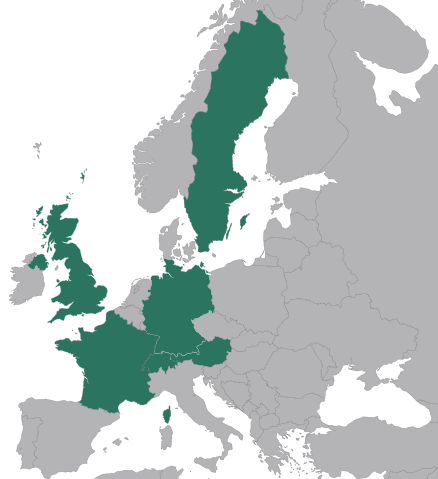Vision
The vision of the SeNSE project is to enable a competitive European battery industry through research and innovation for a sustainable next-generation lithium-ion battery technology covering the value chain from materials and electrode development and production to cell and module manufacturing including battery management system and cooling architectures.
Innovation areas

Materials
The content of the critical raw materials cobalt and natural graphite will be reduced to improve sustainability and to lower production cost. A carbonate-based electrolyte will facilitate the stabilization of the active materials.

Cell manufacturing
Enabled by protective coatings, aqueous slurry processing will be developed for the cathode. In-cell sensors will be integrated in the SeNSE pouch cell to continuously measure temperature and electrode potential.

Battery management
Adaptive fast charging protocols will be integrated into the battery management system based on dynamic in-cell sensor data and by implementing thermal management concepts on materials and electrode level

Key results
The feasibility and scalability of the SeNSE battery technology with respect to the call targets will be demonstrated through 25 Ah pouch cell prototypes and a 1 kWh module.

Impact
Scalability to the gigawatt scale and cost-effectiveness of the proposed solutions, including aspects of recycling and second-life use, will be continuously monitored via regular briefings.
The SeNSE consortium
The SeNSE consortium consists of 11 partners, including 6 companies, 2 universities, and 3 research institutes. The consortium has been assembled according to specific complementary expertise of the partners which brings together knowledge that no one member state partner possesses, but together provides a very strong unit to achieve the project objectives, paving the way for the development of a competitive next generation battery technology.




